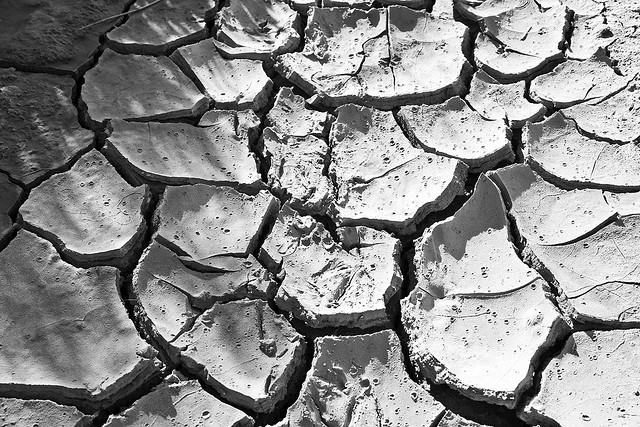

Photo by Bert Kaufmann is licensed under CC BY 2.0
Even though a few states are beginning to emerge from a multi-year drought, one only has to look to the West to be reminded that large-scale water shortages will not go away anytime soon. Wildfires ravaging Western states and historic droughts in California dramatically highlight the importance of groundwater for the environment and for human consumption.
Changing weather patterns and population growth will continue to place huge demands on cities and states. A recent Brookings Institute analysis reported that 57 percent of the nation’s population growth between 2000 and 2014 occurred in counties experiencing some level of drought.
Despite California being no stranger to water shortages, the latest drought stymied a number of political efforts to address water worries. In 2014, California voters approved a $7.5 billion water bond which included water storage, recycling and water management strategies. In 2015, California Gov. Jerry Brown handed down an executive order that required cities to reduce water use by 25 percent – not a popular mandate. Now, speculation grows around yet another comprehensive funding proposal to get water supplies to the people of California through an additional bond project possibly on the ballot in 2016.
But these aren’t just Western states’ problems. A recent Government Accountability Office report predicts that 40 of the 50 states will face some degree of water shortage in the near future. Too many states, however, are still studying the problem.
There is no simple solution to water shortages, but researchers, industry leaders and government officials all agree that water solutions must be varied and flexible. Conservation of existing water supplies is usually the first step. Many cities throughout the country are offering incentives to replace outdated plumbing fixtures or convert landscape watering systems to more efficient drip irrigation. Municipalities and other governmental landowners are taking steps to replace existing irrigation systems on maintained public lands such as parks and golf courses. These can be substantial projects. A contractor is currently completing a $21 million project to improve the irrigation system and adjacent hardscaping on The Mall in Washington, D.C.
Improvements to water transmission infrastructure (such as pipelines and lift stations) also reduce water waste. A recent water main break in Pennsylvania released millions of gallons of treated water and left several thousand citizens without water for days. The cause of that leak was identified as a water main dating back to 1889. Many cities have pipelines that are more than 100 years old.
The American Water Works Association estimates that approximately $1 trillion will be needed over the next 25 years just to upgrade the country’s drinking water infrastructure. Public entities will not find the funding necessary to fix the water shortage problems. Alternative funding, often from private-sector investors, is quickly becoming an attractive option.
Conservation is good, but finding alternative sources of water is the only long-term solution. Converting seawater to drinkable water (desalination) is appealing despite its expense. Desalination technology is used widely in other parts of the world – 14 billion gallons per day are produced in China, India, Australia, Spain and countries in the Middle East. The United States has been slow to investigate desalination solutions.
Currently, the largest functioning seawater desalination plant in the U.S. is in Tampa Bay. The plant produces up to 25 million gallons (mgd) per day of desalinated drinking water. A desalination plant in San Diego is currently in the last stages of a decades-long construction process. When completed in late 2015, it will produce up to 100 mgd of drinking water for the residents of San Diego County. Both plants are the result of public-private partnerships.
According to public-private partnership experts at the World Bank, the U.S. water system is considered fragmented and complex. They note “little attempt has been made to aggregate responsibility or create policy to promote efficiency and economies of scale.” Simply put, that means we’re not doing enough to address an extremely critical problem.
Follow me on Facebook and Twitter for more updates on the state of US water infrastructure!
